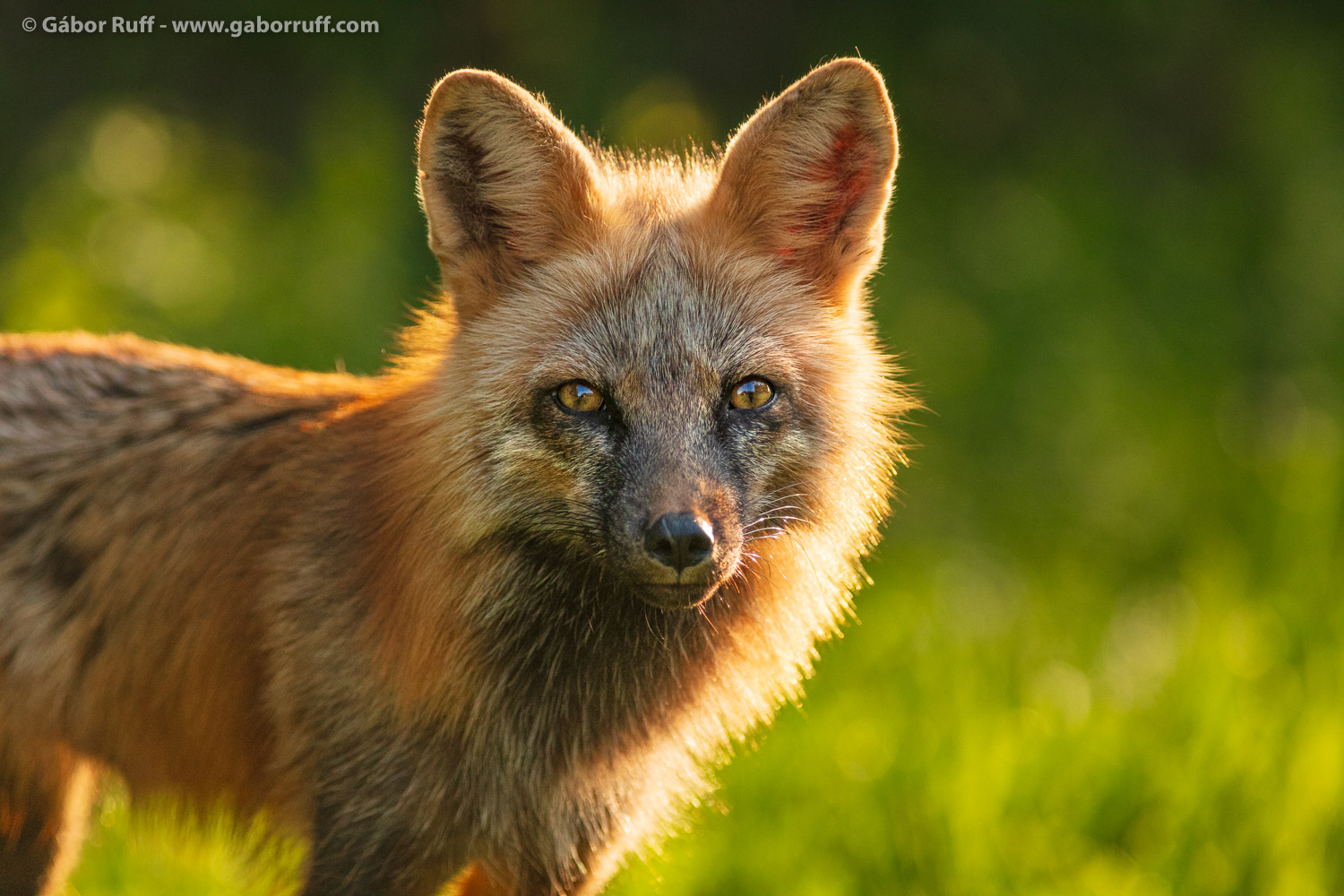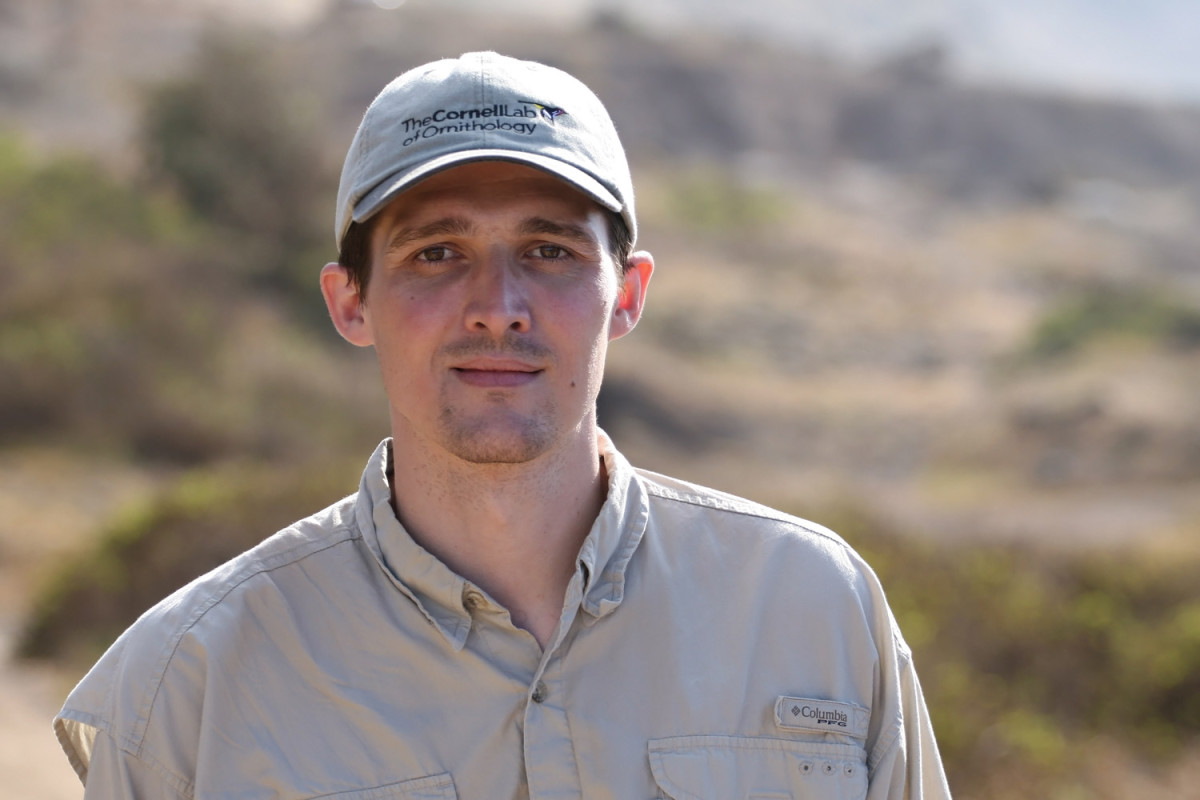The main goal of our recent East Canada road trip was to visit Prince Edward Island, the smallest Canadian province. We spent three nights here and had two full days to explore this amazing region. We checked out many of the island’s iconic red clifftops, beaches and lighthouses. We also saw the places that inspired the beloved literary classic, Anne of Green Gables. For example, we stayed at Dalvay by the Sea hotel, a historic site that was seen in many movies and television shows based on Lucy Maud Montgomery‘s novels. This hotel is located in the Prince Edward Island National Park (map). There were many Canada geese (Branta canadensis) on the property and we were lucky to see some goose families with cute little young ones. They were constantly feeding on the grass and dandelions and didn’t care much about the people.

We visited all three segments of the national park and hiked a few of its trails. This spectacular park has sand dunes, sandstone cliffs, salt marshes, forests and beaches. Some parts of the park were closed due to the severe coastal erosion caused by heavy storms that hit the island recently. Climate change brings stronger storms more frequently to the island leading to serious erosion of the sandstone along the coast.

The summer season only starts in July, so luckily, in early June the park wasn’t crowded. We spent most of our time at the Cavendish – North Rustico section, which has probably the most spectacular coastal regions of the park. After visiting every lookout of the coastline, we decided to come back to MacNeills Brook Beach at sunset to photograph this beautifully rugged coast. Here, we could also see the once famous MacKenzies Brook Sea Arch that was collapsed and became a standalone sea stack after Hurricane Nicole reached PEI in last November. This was the same hurricane that cut our Florida road trip short. This beach is still magnificent with various rock formations and I was able to take some photos here in beautiful light. I took the wide-angle images by handholding my camera, because my shadow would have been in the pictures, therefore I had to use my LCD screen and hold the camera away from me to create as little shadow as possible. For the close image of MacKenzies Brook, I put my telephoto lens on a tripod.



Next day we drove around the island to learn more about this captivating place. We visited many beaches, and cities, including Charlottetown, the island’s capital and of course some lighthouses. We went to the Thunder Cove Beach for sunset photography where I was hoping to photograph the famous teacup rock, but after arriving and asking guidance from locals, we learned that the once spectacular rock formation was destroyed by another hurricane last year. Fortunately, we had a backup plan and went to a nearby lighthouse standing on a beautiful red clifftop. From here, I could also photograph a stunning cliff with my long lens.



On the way to sunset photography, we saw the provincial animal of PEI, a beautiful red fox (Vulpes vulpes). Three actually, but the other two had a little worn-out fur on them. 🙂 Foxes have a high variety of colors from red to silver. This particular fox which was mainly red with a hint of silver coloration was walking along the road. I stopped the car a little further away in a position so I could photograph this fox in backlight as the sunset was approaching fast. I got out of my vehicle with my 300mm lens + the 1.4x teleconverter and squatted behind my car so I could hide my silhouette. I was hoping to be able to crawl a little closer to the fox, but this curious creature instead decided to come close to check out this strange man. He was just coming and coming and finally he was so close that I had to switch my focus limiter from 6.5m to 2.5m on my lens. When he realized I wasn’t that interesting, he walked to the other side of the road and sat down with a totally unimpressed look on his face. While he was obviously bored with the humans, for us, this experience was probably the highlight of the whole trip. We really enjoyed this small Canadian province, its coastal landscapes, the historic sites and of course the wildlife too. There’s so much scope for imagination here.
Gear: Canon EOS 5Ds and EOS 5Ds R cameras, Canon 17-40mm, 70-200mm, 300mm lenses






